Polly pigs are a type of pipeline cleaning device used extensively in the maintenance of piping systems. They are made from flexible polyurethane foam and can be adapted with various coatings or abrasive materials to suit different cleaning requirements. Polly pigs are versatile, cost-effective, and can be used in a wide range of pipeline diameters and configurations.
Polly pigs, versatile tools used in pipeline cleaning and maintenance, come in various densities to suit different applications. The density of a polly pig determines its flexibility, abrasiveness, and the types of debris it can handle. Understanding the different densities of polly pigs can help pipeline operators choose the right pig for specific cleaning needs.
Types of Polly Pigs
Here’s an overview of the common types of polly pigs and their specific applications:
1. Bare Foam Pigs
Bare foam pigs are the simplest form of polly pigs, made entirely of polyurethane foam with no external wrappings or additions. They are primarily used for light cleaning tasks such as wiping and drying pipelines. Their soft texture makes them ideal for use in pipelines with internal coatings or linings as they do not cause damage.
2. Coated Foam Pigs
Coated foam pigs have a layer of polyurethane elastomer applied to the exterior, which can vary in thickness. This coating enhances the pig’s durability and allows it to remove more stubborn deposits such as wax, black powder, and other sediments. They are suitable for medium-duty cleaning and can also be used for batch separation processes.
3. Brush Pigs
Brush pigs incorporate bristle brushes (made from materials such as nylon, carbon steel, or stainless steel) into their design to tackle tougher cleaning jobs. These pigs are effective at removing hard deposits such as scale, rust, and other types of tuberculation from the pipe walls. They are often used in pipelines that require aggressive cleaning to maintain optimal flow efficiency.
| Polyurethane material specification: | ||
| NO. | Factory inspection main indicators | Cup/DISC |
| 1 | 20℃Hardness(SHORE A) | 85±2 |
| 2 | Tensile strength (MPa) | 51.7 |
| 3 | 100%stress at definite elongation (MPa) | 4.8 |
| 4 | 300%stress at definite elongation (MPa) | 9.2 |
| 5 | Tensile set (%) | 780 |
| 6 | Tear strength (KN/m) | 73 |
| 7 | Impact resilience (%) | 32 |
| 8 | DIN abrasion (mm²) | 35 |
Parameters
| Name | Customized Polly Pig | ||||
| Material | Polyurethane | ||||
| Light Density | 0.02-0.3g/m3 | ||||
| Medium Density | 0.08-0.12g/m3 | ||||
| Heavy Density | 0.13-0.16g/m3 | ||||
| Features | 1. High wear resistance | ||||
| 2. Good cleaning performance | |||||
| 3. Low cost | |||||
| Payment | TT/LC | ||||
| Advantages | 1. They are lightweight and flexible. | ||||
| 2. Nice cleaning efficiency. | |||||
| 3. Accurate location tracking. | |||||
Applications and Benefits of Polly Pig
Polly pigs offer a cost-effective solution for pipeline maintenance. They are considerably less expensive than other cleaning methods. This affordability makes them a popular choice among pipeline operators. Additionally, their versatility allows them to adapt to various pipeline sizes and configurations. They serve multiple purposes, from routine maintenance to tackling heavy-duty cleaning tasks.
Using polly pigs boosts the efficiency of pipeline operations. They effectively clean pipelines, which reduces downtime and enhances overall operational productivity. Furthermore, the regular use of polly pigs plays a crucial role in protecting pipelines. They help prevent corrosion by removing corrosive agents and debris. This regular maintenance extends the lifespan of pipeline systems, ensuring long-term reliability and safety.
Different Densities of Polly Pigs
Low-Density Polly Pigs
Low-density polly pigs are made from a lighter, softer foam, typically around 2 pounds per cubic foot. These pigs are highly flexible, making them ideal for pipelines with bends, valves, and other fittings where maneuverability is crucial. They are primarily used for light cleaning tasks such as removing loose debris and liquids. Their soft structure ensures that they do not damage the internal lining of pipelines, making them suitable for use in coated or sensitive piping systems.
Medium-Density Polly Pigs
Medium-density polly pigs, usually around 5 to 8 pounds per cubic foot, strike a balance between flexibility and abrasiveness. These pigs are more aggressive than their low-density counterparts and are used for more thorough cleaning tasks. They can remove heavier deposits such as wax, black powder, and other sediments that may accumulate inside the pipeline. Medium-density pigs are still flexible enough to navigate through slight bends and unbarred tees, making them versatile for various pipeline configurations.
High-Density Polly Pigs
High-density polly pigs are the most aggressive, with densities often exceeding 9 pounds per cubic foot. These pigs handle heavy-duty cleaning tasks, such as removing tough scale, rust, and other hard deposits that require significant abrasive action to dislodge. Due to their rigidity, operators best use high-density pigs in straight pipe sections or in systems designed to handle robust cleaning devices. Their abrasive nature makes them less suitable for pipelines with sensitive linings or coatings.
Specialized Density Polly Pigs
In addition to standard densities, some polly pigs are customized with specific densities tailored to unique operational requirements. These customized pigs can include various additives or materials that alter their density and cleaning characteristics. For instance, adding wire brushes or silicon carbide strips can enhance the abrasive properties of a pig, targeting specific types of debris or scaling.


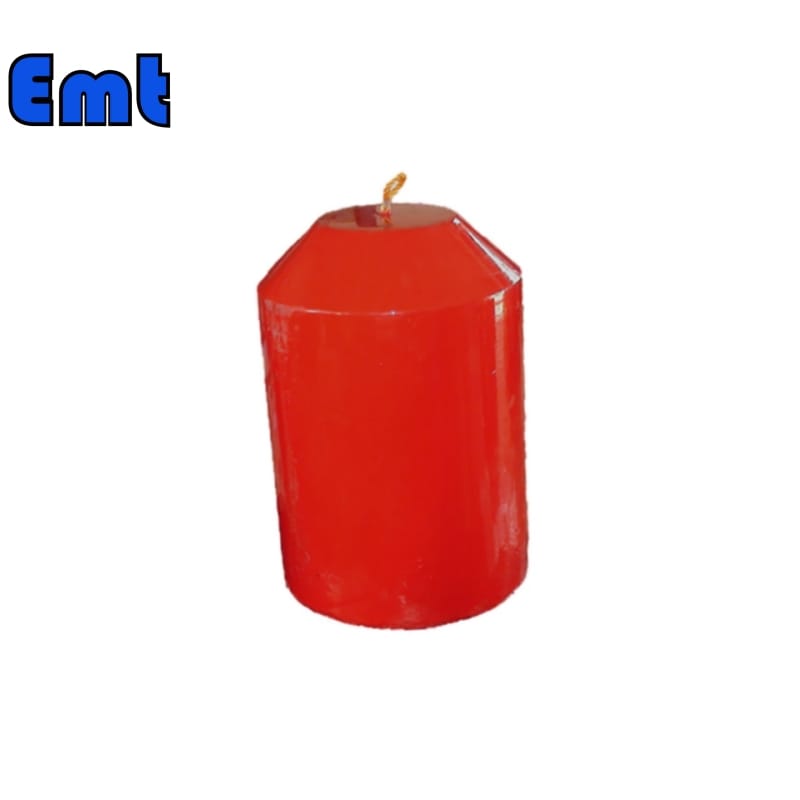
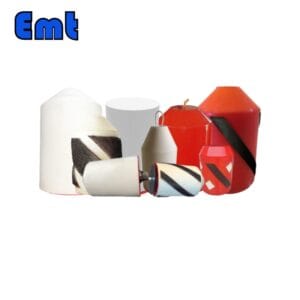
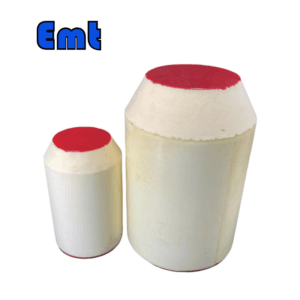
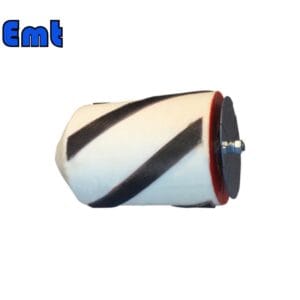
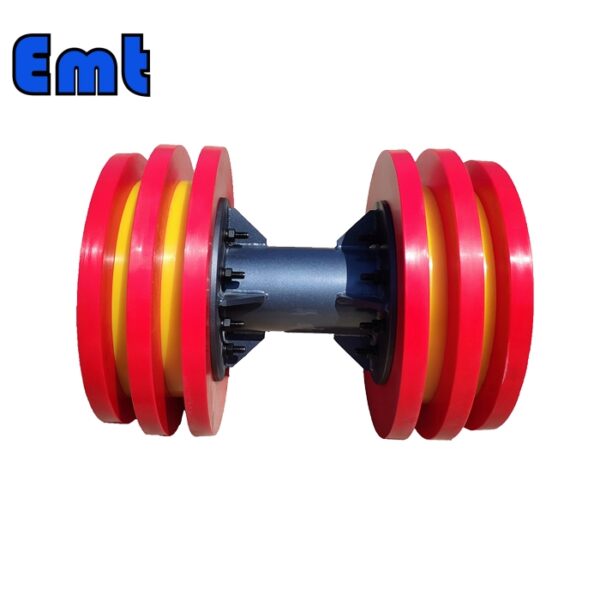
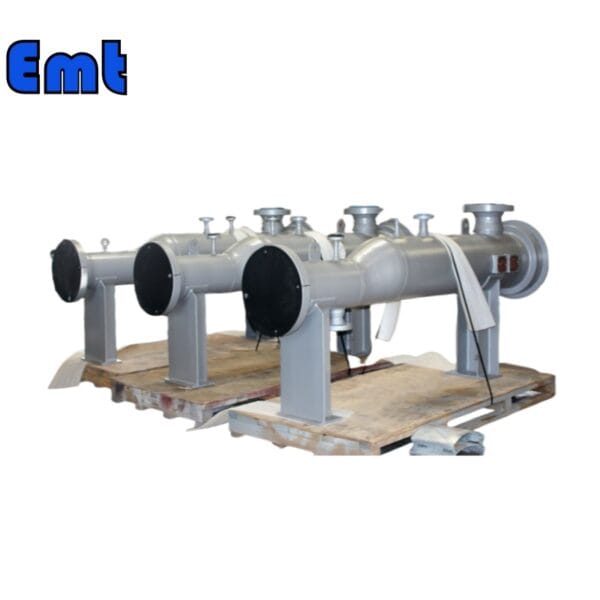
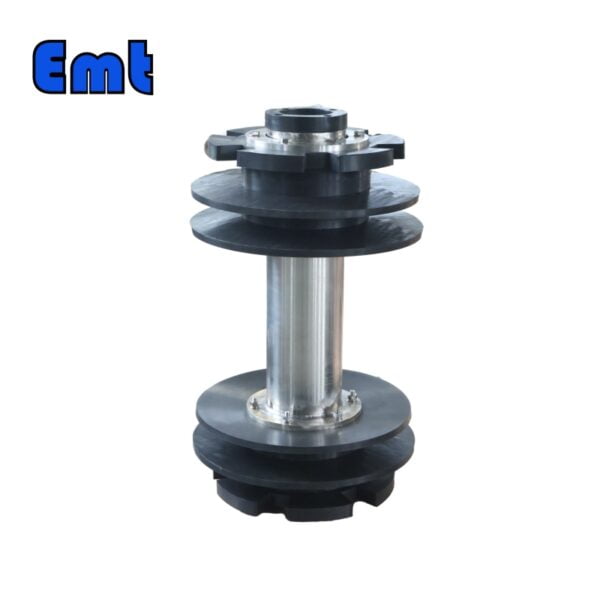
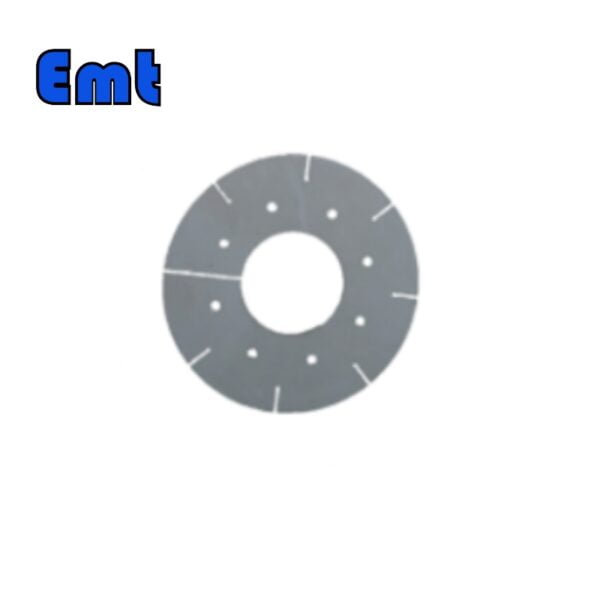
There are no reviews yet.